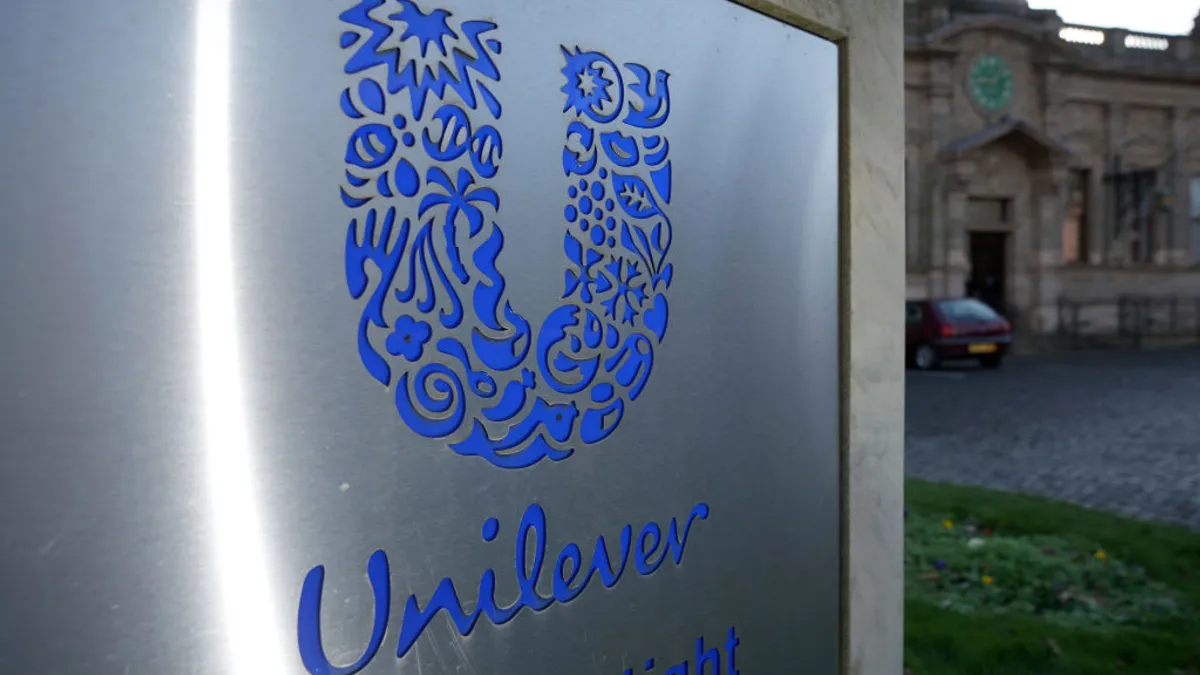The rivalry between Gwyneth Paltrow and Martha Stewart is heating up.
No, this is not a celebrity gossip article.
Last week, Gwyneth Paltrow hired former a Martha Stewart executive to be CEO of her lifestyle website, Goop. The move is significant not because of Stewart’s nasty comments about Paltrow’s website, but because it signals how competitive and cutthroat the world of ‘lifestyle brands’ has become. In an oversaturated consumer market, it is no longer enough to just sell a good product—many brands now encapsulate an entire lifestyle to carve out a niche of their own.
Here are a few brands that have transformed a simple business model into a painstakingly crafted lifestyle for consumers to aspire to.
Urban Outfitters
Since its inception in 1970, Urban Outfitters has gone after a specific type of shopper: young and interested in alternative culture. In addition to selling clothes that are stylish but slightly edgy, the store also started selling records, home décor, and funny books. Once the lifestyle brand began to take off, Urban Outfitters was one of the first to embrace the idea: The store started a blog that covered new music, in-store events, and a behind the scenes look at the making of lookbooks.
But where Urban Outfitters really excels in the “lifestyle” concept is on Instagram. The store has separate accounts for almost every major city—New York, Chicago, DC, Miami, Philly, to name but a few—and each account is tailored for each city. Chicago’s account boasts photos of the Magnificent Mile and Miami’s has many photos of the beachfront. In fact, the Instagram accounts don’t even seem to be showcasing clothes at all, just a lifestyle of Urban Outfitters target customer.
But the alternative, edgy lifestyle has also gotten the store in several PR scrapes. The store has come under fire for selling shirts that said “Eat Less” and “Punk as F**k,” as well as a Kent State sweatshirt that appeared bloodied.
Whole Foods
Whole Foods raises the age old question of the chicken and the egg—did Whole Foods help start the farm-to-table phenomenon, or did the farm-to-table phenomenon propel Whole Foods to the lifestyle juggernaut it is today? Either way, Whole Foods is synonymous today not just with grocery stores, but with healthy living in general.
Whole Foods, like Urban Outfitters, started out with a niche following. Founded in Austin, Texas in 1980, the store has always been a place to get natural or organic food. So transitioning into a lifestyle brand was likely a seamless transition. Yes, there is a blog, but where Whole Foods really shines is on social media, and particular on Pinterest. With 60 boards showcasing recipes, fitness motivation, and home décor, the page is curated to express a holistic lifestyle. Similar to Urban Outfitters, Whole Foods keeps the promotion on social media to a minimum—instead sticking to recipes and tips on how to eat and live organically.
Lululemon
The lone Canadian company on the list, Lululemon was founded in 1998 as a yoga-inspired sportswear company. It didn’t take long for the brand to transition into a lifestyle brand, or rather a “community,” as the website states. Lululemon even has a manifesto, which includes mantras like “friends are more important than money,” “breathe deeply,” and “dance, sing, floss and travel.”
Every one of the 211 Lululemon stores across the US, Canada, Australia, and New Zealand hosts free yoga classes and running clubs to help foster its “community” mission. The blog includes recipes, travel guides, and fitness tips.
The lifestyle has gotten the brand in hot water, though. The store has come under fire time and again for size-shaming. In 2013, CEO Christine Day was forced to step down after it was discovered that the yoga pants were see-through—not great considering customers shell out as much as $100 for a pair. It appears the Lululemon lifestyle only works if you are a certain size and of a certain tax-bracket.
Kate Spade
In the mid -1990s, Kate Spade bags were not only all the rage, but exemplified everything that was cool in that time period—clean, minimalistic, and functional. But by the mid-2000s, not only did the recession hit luxury brands hard, but high-end bags were an oversaturated market. How could Kate Spade set itself apart from the rest?
The answer—giving itself a Goop-style makeover. First on the docket: A new creative director. Next: Expanding into fragrances, jewelry, and apparel, and giving the signature bags a funkier look. Then a mantra was needed for the Kate Spade girl of this new generation: “quick and curious and playful and strong.”
A blog was launched and, like other successful lifestyle brands, it does not focus on self-promotion. Instead, the blog includes street style photos, music recommendations, and travel guides. The brand has also appeared to successfully navigated YouTube. The channel showcases Kate Spade employees showing off their favorite new items in the store (and how to style them,) along with cooking videos and behind the scenes looks at shoots.
Equinox Gyms
The holy grail of gym chains knows a thing or two on how to cultivate an image. The slogan “IT’S NOT FITNESS. IT’S LIFE,” lets the world know that the brand is more than just a place for people to sweat a few times a week.
While Equinox has consistently been ranked as a top gym in America, in 2011 it had a measly 6,000 followers on Twitter and 22,000 Facebook Likes—hardly making it a bigwig in the lifestyle brand world. Then, in 2012, a new President, CMO, and two editorial managers came onboard and shook up the company’s look. First, steamy new ads with scandalous taglines like “Meet your maker,” “donate your body to science,” and “Your body. Our temple” started making the rounds.
Then, “Q,” a branded content site was born (don’t call it a blog, now.) Q “seeks to enlighten its readers with smart content that will help them make better fitness decisions, have better workouts and lead healthier lives,” President Sarah Robb O’Hagan told Mashable. Every Friday the site posts a roundup of the most interesting and noteworthy health and fitness related articles from around the web. With the provocative ads, smartly curated content site and $160 monthly fees—the lifestyle of the Equinox member is likely that of the well-paid, well-educated clientele.



















